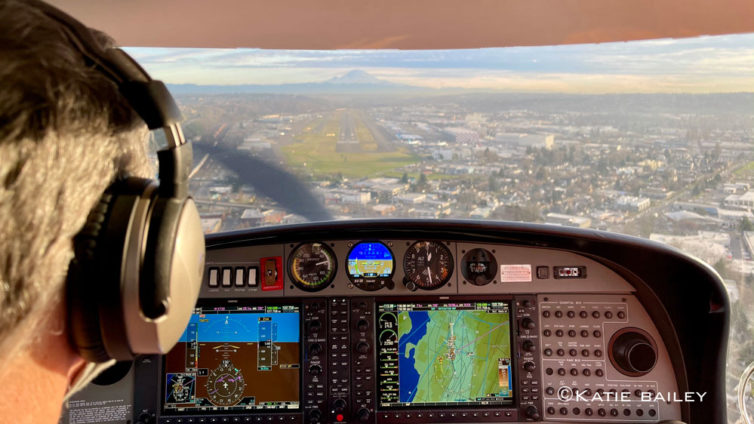
On final for runway 14R at BFI in a Diamond DA-40 – this wasn’t from our mountain-flying day, but it’s too pretty of a photo to leave out of the article
This is a continuation of my multi-part series on learning to fly. You can read the whole Fly With Francis series here.
The lousy Pacific Northwest early spring weather notwithstanding, I’ve made good progress towards learning both the Garmin G1000 instrumentation and the Diamond DA-40 aircraft. We recently got a decent break in the weather that allowed a flight from Seattle across the Cascade Mountains to Ellensburg for some basic mountain flying training.
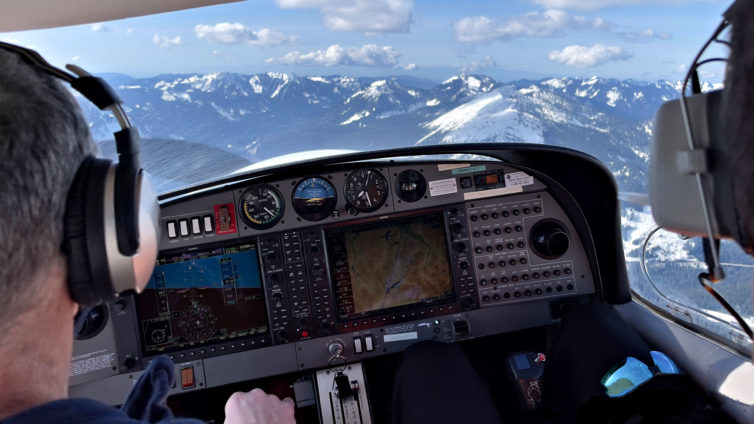
Cruising westbound at 6,500′ over Snoqualmie Pass was an amazing experience – Photo: Katie Bailey
I’ve got about 10 hours in the DA-40 now, all but one of them with Carl, my ever-patient CFI. I finally felt comfortable enough with the plane to take it out on my own last week, even though Carl had deemed me ready to do that about five flight hours previously. I just wanted a bit more time with the plane, as it’s quite a bit different than the Cessna 172, especially in that it’s a lot faster and a bit fussier when it comes to controls, and it’s got a constant-speed propeller (also sometimes referred to as a variable-pitch propeller) that needs tending to via a dedicated control lever.
There are too many stories out there that promise new kinds of airplanes, amenities, and airports. We are not going to lie’¦ when we see these stories, we get pumped.
’œRadical…we can’™t wait until we fly in an electric airliner that flies at three times the speed of sound and takes off and lands at an airport racetrack!’
We are told that these things are coming “very soon,” but we wait and wait and wait. Nothing. We have gotten sick and tired of getting emotionally AvGeek hurt (that is a thing) because these technologies never come through. Instead of just sitting around, we decided to do something about it!
INTRODUCING THE SlingPlane 5001-200NWN (No Wings Needed)
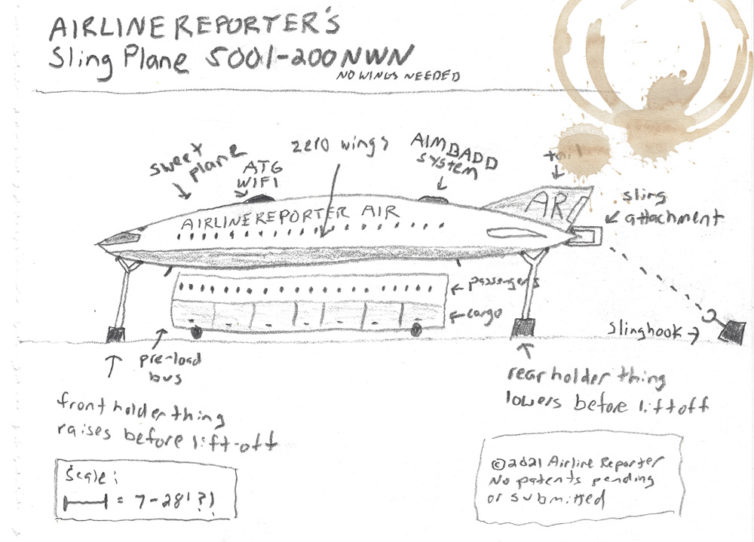
The SlingPlane 5001-200NWN… well an advance, high-tech drawing of it at least
We knew this endeavor of building our own plane was not going to be easy, but we have made such tremendous progress. We didn’™t want to make the same mistakes of the others who had tried before us, so we quickly skimmed all their business plans (aka looked at the photos) and made solid assumptions on what went wrong. Here are the most common issues we found that led to failure:
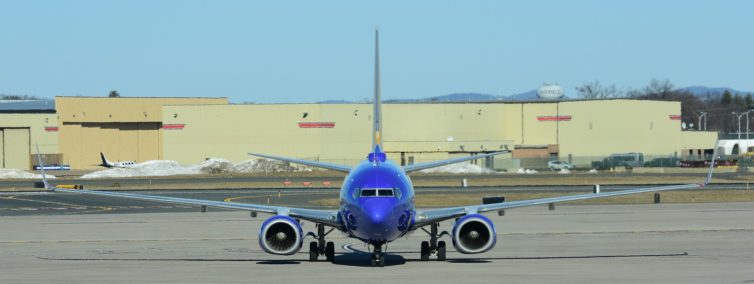
A Southwest Air 737-700 seen at BDL – Photo: JL Johnson
A few weeks ago I posted about how I was ready to fly. This is a follow-up to that story. You can start there (link opens in a new tab), or this story can also stand on its own.
I recently completed my first COVID-era trip. My AvGeek wife and I flew to Connecticut on Southwest with the following routing: MCI-MDW-BDL-BWI-MCI. Two years ago our trip wouldn’t have been noteworthy nor deserving of an AirlineReporter piece. But here we are. Everything is different in our new reality and frankly any chance to fly (even to cold places despite a brutal winter) is special.
Once the lockdowns began and the reality of the pandemic set in, I decided I needed to remain grounded until a vaccine became available and I had it in my arm. Not for risk to myself, but to protect others and not allow myself to be an unwitting vector for transmission. My decision came with a serious sense of FOMO (fear of missing out.) Airfares plummeted, airlines were flying planes nearly empty, terminals seemed abandoned, and hundreds of planes were put into storage. Heck some planes were parked on perfectly good runways for lack of space elsewhere. I say all of this to underscore a point. There were many reasons why I really wanted to get out there. But I resisted.
As I booked my first trip in over a year I wondered if upon getting back out there I would regret waiting to be fully vaccinated before flying. Perhaps all of the PR that airlines, airports, and their lobbying groups had pushed could be trusted? Maybe it was indeed safe to fly?
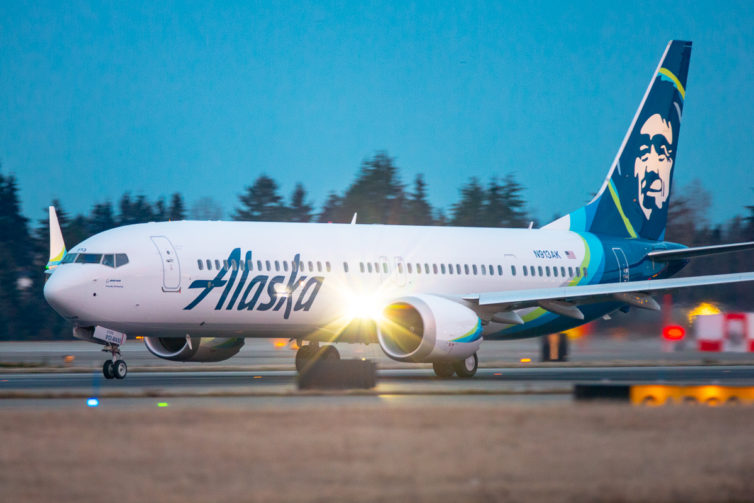
N913AK on its takeoff roll from SEA on its inaugural revenue flight for Alaska Airlines on March 1, 2021 – Photo: Jeremy Dwyer Lindgren
On March 1 at 6:30 a.m., Alaska Airlines’ first Boeing 737 MAX 9 took to the skies from Seattle-Tacoma International Airport on a flight to San Diego. That flight made Alaska the third U.S. carrier to place the MAX into service since the plane’s grounding was lifted at the end of 2020, and it was the first airline to place the plane into service that didn’t receive any of its orders prior to the grounding in March 2019.
What was it like? Alaska did invite the local news media and AvGeek outlets to cover the departure, but the event was tastefully subdued overall. The worst part? Getting up at 2:30 a.m. to get to the airport on time. The best part? The flight itself, of course. As we reviewed back in 2019 before the grounding, the MAX offers a fine passenger experience, even more so now that the tragic issues with the aircraft’s avionics have been sorted and certified.
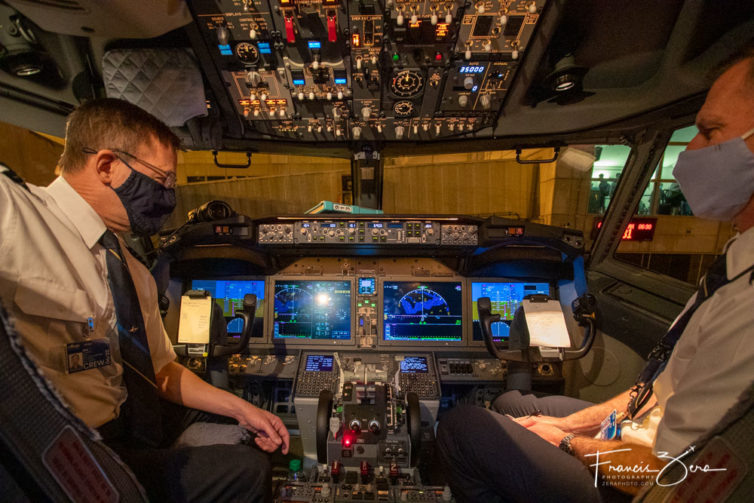
The flight crew consisted of Alaska’s fleet captain and chief training pilot
During the standard preflight passenger briefing, the pilots commented on how much they liked flying the new aircraft, saying that Alaska did 50 hours of proving flights over 19,000 miles with that plane prior to putting it into line service, including several flights for employees. They also noted the MAX’s greater efficiency, saving 15% in fuel costs over the prior model.
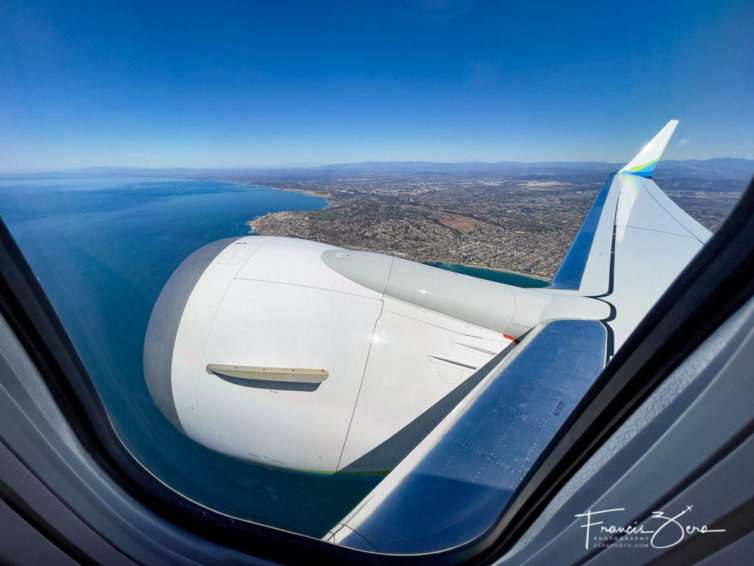
As I experienced on Icelandair’s Max 8, the plane is noticeably quieter in the cabin than the NG-series planes the MAX replaces, even when seated near the engines
I flew in coach, seated in row 13 both ways, in the aisle southbound and at the window back to SEA. If you’re familiar with Alaska’s current 737 NG cabin configurations, the overall layout is the same, save for some nice detail improvements, including additional USB ports that are much more accessible, and a clever device holder in the seatbacks. All in all, the MAX 9 provides a very comfortable and surprisingly quiet passenger experience.
This was my first commercial flight in nearly 12 months, and the biggest change I noticed was how often the flight attendants came through the cabin to pick up trash. Well, that, and there were no hot meals, alcoholic beverages, or poured soft drinks offered – water and soda were dispensed in single-serving cans or bottles.
-
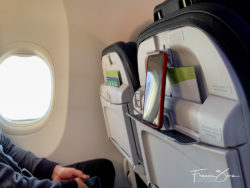
-
A nicely-designed adjustable device holder features prominently on the new coach seatbacks
-
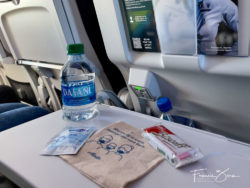
-
Coach-class service during the times of COVID doesn’t look that much different than in times past
-
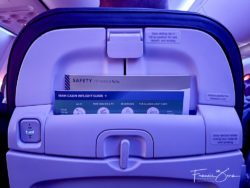
-
The additional USB port (seen on the right side of the seatback) is far more accessible than the older style, which remain in their original location below the folding tray
Alaska has orders to take delivery of 68 MAX 9s, with options for an additional 52, so the MAX plays a primary role in the airline’s plan to modernize its fleet. Alaska plans to eventually divest itself of most of the Airbus A319/320ceos it acquired as part of its acquisition of Virgin America, coming closer to being an all-Boeing airline once again, although it does look like they’ll hang onto the 10 A321neos in their fleet for now.
The outbound flight to San Diego was quite full, with plenty of AvGeeks and Alaska Air crew in evidence. The return flight was considerably less full, more in line with what I’m told are more normal passenger loads given current COVID concerns.
-
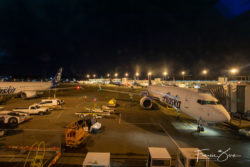
-
At the gate at SEA for an early-morning departure
-
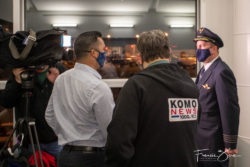
-
Local Seattle news media provided live coverage of the inaugural
-
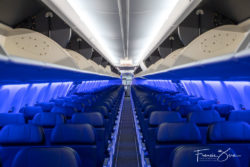
-
Gotta love those huge overhead Space Bins
Alaska is currently using N913AK on two daily roundtrip routes from Seattle; flights 482 and 539 to and from San Diego in the morning and early afternoon, and flights 398 and 705 to and from Las Angeles in the late afternoon and evening.
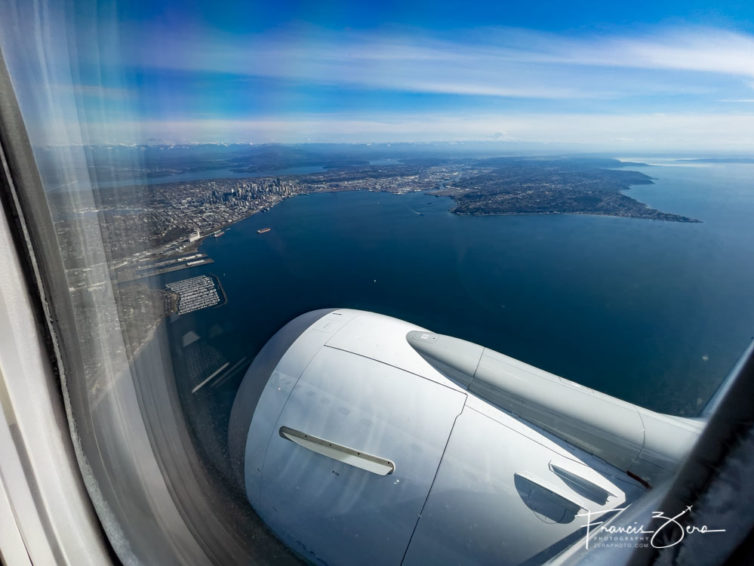
Here we are on the base turn over Elliott Bay in Seattle on the way back to SEA. The MAX’s engines are considerably larger than the NG.
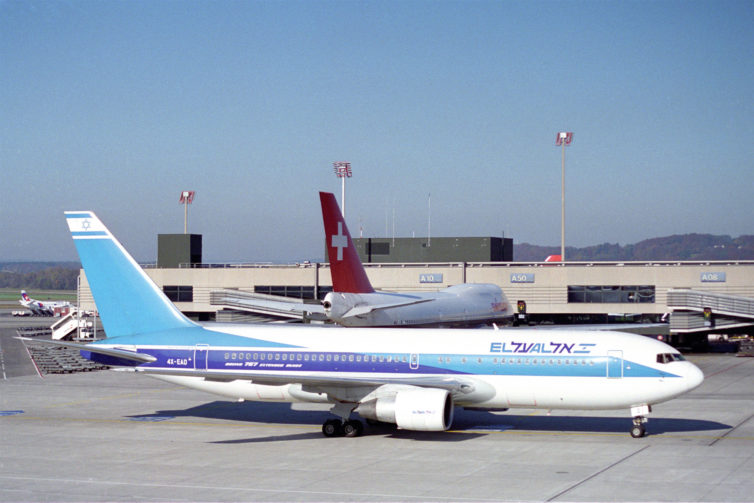
An El Al 767 at Zurich airport – Photo: Aero Icarus | Wikimedia Commons
Ask any self-respecting airline geek which airline was the first to introduce commercial trans-Atlantic twin-engine services, and you’d probably get an answer like TWA, American, or maybe Air Canada. The surprising answer? Plucky little El Al, the fiercely independent but resource-challenged national airline of Israel. How did that happen?
Never shy in taking on a new challenge, El Al has built a reputation on pioneering industry breakthroughs ’“ a non-stop distance record on the JFK-TLV proving flight with a Bristol Britannia in 1957 (5,760 miles). A trans-Atlantic speed record on the 707 JFK-LHR segment in 1970 (7 hours, 57 minutes). The ultimate ’œhigh passenger density’ 747-400 operation in which a staggering 1,122 Ethiopian refugees were safely (if not so comfortably) evacuated from Addis Ababa to Tel Aviv in 1991. And a set of remarkable COVID repatriation flights in 2020.
In 1983, El Al took delivery of the first of four 767-200s from Boeing. The first two airplanes were the standard range models (4,270-mile range). The second two airframes were extended range (ER) variants, equipped with Pratt & Whitney JT9D-7R4E engines, enabling a range of 5,610 miles.
By 1984, the FAA was actively working with several operators to implement new overwater operational approvals for twin-engine operations ’“ what would become known as ETOPS- Extended-range Twin-engine Operational Performance Standards. But the old rule ’“ that the flight had to stay within a 60-minute radius of a suitable landing site was still in effect.
It’s hard to wrap our heads around this today when we can fly 19 hours with up to 330 minutes ETOPS. But the notion of twin-engine oceanic operations was new stuff back then. A lot was unknown. An inflight engine shutdown would make the remaining engine work harder. Could it handle the stress? Could the one remaining generator or hydraulic pump reliably perform? And simply relying on the APU to cold-start at cruise or for the ram air turbine to properly deploy was not sufficient. Alternate airport requirements were more strict and a host of crew-training, equipage, and certification requirements made the very proposition of viable commercial ETOPS operations a daunting task.
What was clear was that the economics of twin-engine operations was quite compelling. The cost savings of operating a 767-200 with 190 passengers compared to a 370-seat 747 on a typical trans-Atlantic route was in the range of 45%. Fuel and crew costs (including the new two-person cockpit of the 767) accounted for the majority of the trip savings.
Having trialed its two ERs on shorter European runs from Tel Aviv, El Al was ready to exploit the 60-minute rule for commercial service from North America. On March 26, 1984, El Al became the first airline to offer commercial ETOPS flights, operating a 767-200ER (4X-EAC) from Montreal to Tel Aviv. The non-stop route, in compliance with the 60-minute rule, took 11 hours and 8 minutes.
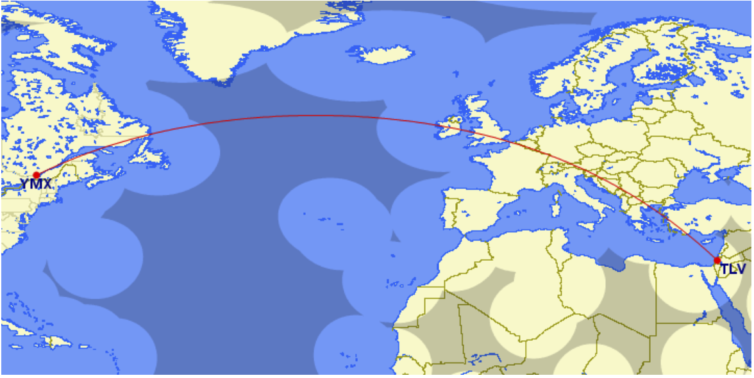
El Al’s first ETOPS flight was from Tel Aviv to Montreal on March 26, 1984 – Image: Great Circle Mapper
Based on the early success of the Montreal route, El Al added more ETOPS flights the next year offering 767ER service on the following routes:
- Tel Aviv ’“ Amsterdam ’“ Chicago ’“ Los Angeles (LAX)
- Tel Aviv ’“ Amsterdam ’“ Montreal
- Tel Aviv — Amsterdam ’“ New York (JFK) ’“ Miami
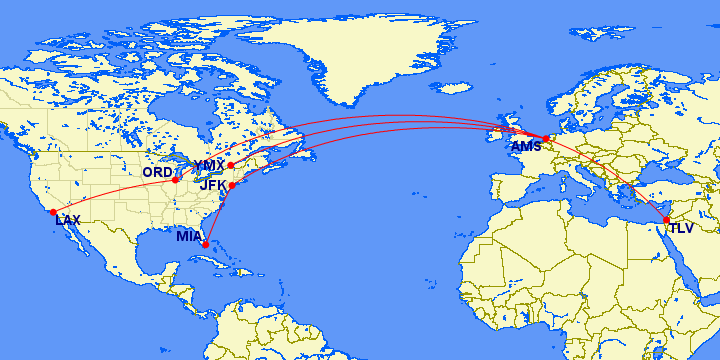
El Al’s early transatlantic routes were groundbreaking – Image: Great Circle Mapper
Ultimately, the airline would achieve 120-minute ETOPS approval, allowing more flexible routings on the North Atlantic runs.
El Al’s achievement was groundbreaking ’“ both technologically and psychologically. There was a lot of resistance to the idea of twin-engine oceanic flights back then ’“ from the International Federation of Airline Pilots (IFALPA) to former FAA Administrator Lynn Helms. Ultimately, technology ’“ and economics ’“ would prevail.
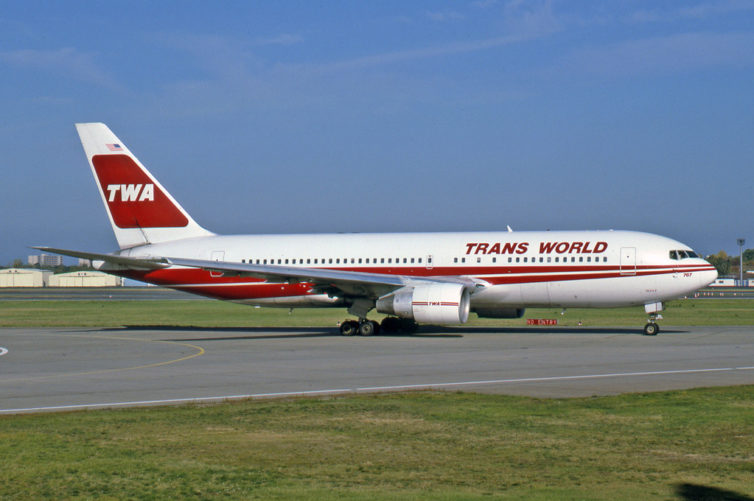
TWA was quick to follow El Al’s ETOPS example – Photo: Ralf Manteufel | Wikimedia Commons
El Al’s exploits were closely monitored by other airlines, eager to cash in on the favorable twin-engine economics. TWA had ten 767s on order at the time, and was working with the FAA to secure 120-minute ETOPS authority, which would allow for more direct routings from its St. Louis hub. TWA launched trans-Atlantic ETOPS flights the following year on its Boston ’“ Paris route and would go on to build a network of 767 routes from St. Louis and New York (JFK) hubs. American and Air Canada were quick to follow. The floodgates were opening.
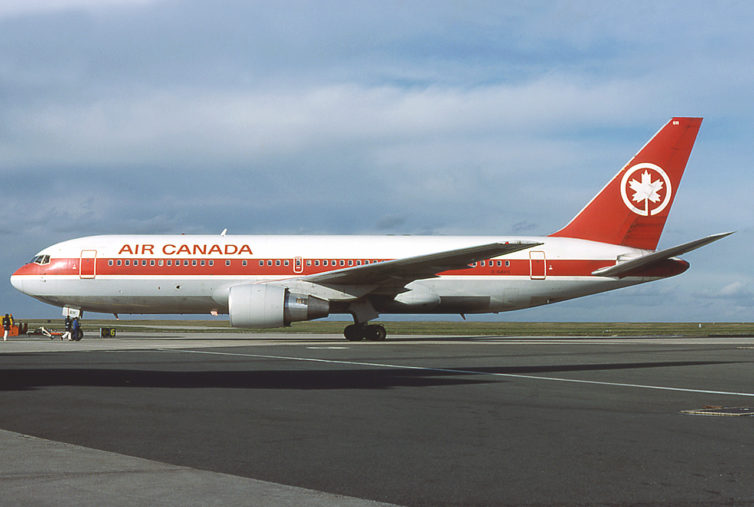
Air Canada quickly sought ETOPS certification for its 767s as well – Photo: Michel Gilliand | Wikimedia Commons
Today, the vast majority of flights across oceans are performed by twin-engine airplanes. Few were the visionaries who could foresee that development in the early 1980s, when the very notion of twins across the ocean was controversial. But the contemporary dominance of twin-engine intercontinental flight came about only through three decades of patient, deliberate development in commercial ETOPS operations ’“ punctuated by the bold exploits of a few early movers. So, next time you board a 787 for Frankfurt or A350 to Hong Kong, you might just tip your hat to that plucky airline from Israel that started it all.
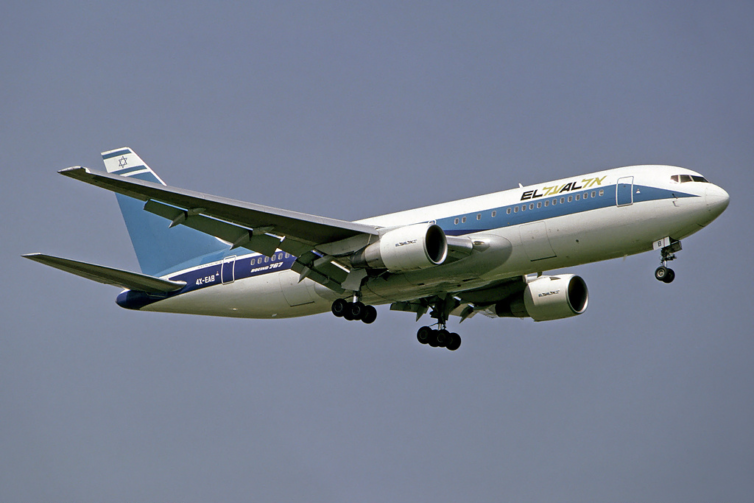
Not gonna lie – it’d be great if El Al would do a heritage livery like this – Photo: Michel Gilliand | Wikimedia Commons
About the Author: Steve Jaffe is founder and editor of airlinestoisrael.com and author of Airspace Closure and Civil Aviation — a Strategic Resource for Airline Managers. His career has spanned all facets of commercial aviation, including marketing and consulting roles at Boeing, the FAA, US Airways, and AVITAS. He remains an avid avgeek (best plane ever — the 757) and is working on indoctrinating the next generation of geeks and geekettes.



















